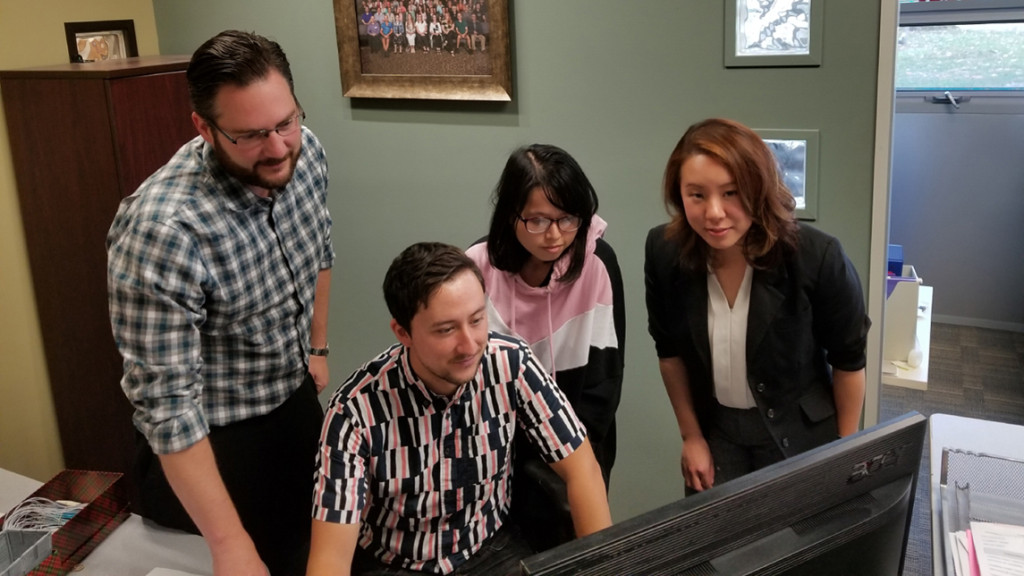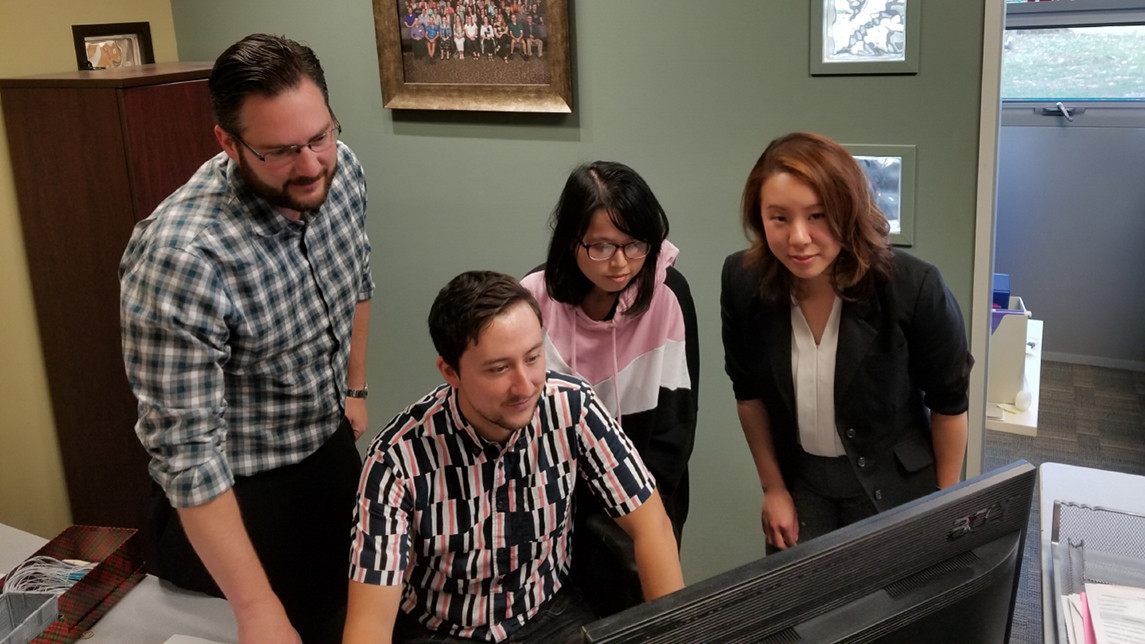Building on years of expertise, Camosun College has launched a new psychology journal to showcase their unique and diverse research accomplishments.

Building on years of expertise in faculty and student-led applied research, Camosun College has launched a new psychology journal to showcase their unique and diverse research accomplishments.
The new publication, called The Journal of Camosun Psychology Research debuted its first biannual edition in fall 2019. Instructor and managing editor Michael Pollock took a leading role in its development.
“Camosun’s psychology department has a long-standing tradition of having instructors and students doing a lot of hands on research,” he says. “It’s really just now with the journal that people are becoming aware of how unique our department is in offering introductory students these kinds of applied research opportunities.”
The online journal will be published twice yearly. A team of instructors vet research projects by their students and propose successful ones for publication. Students author all published research, while faculty reviewers and editors prepare the work for formatting and publication. Camosun Librarian Robbyn Lanning maintains the open access website, allowing readers to access the journal from anywhere in the world.
The journal will showcase a wide array of psychology topics. “It’s completely open for the students to chose the topics they want to explore,” says Pollock. “We encourage students to research areas that are new and exciting and haven’t been covered as much before.”
For the first edition, Camosun psychology students Aya Miyata, Milton Cabrera and Nu Minh An Ton all had their innovative research work published.
Miyata’s article “The Effect of Black and White Visual Contrast on Moral Judgement” examines prejudice and social conditioning and the effect of visual contrast on morality. An alumnus of Camosun’s criminal justice program, the excellence of her research caught the attention of psychology instructor Judy Caldwell, who encouraged her to have her work published in the new journal. “I presented a moral scenario with two different borders,” she explains. “One with a black or white checkered background and one with a more neutral colored background and tested to see whether there would be a difference in how people responded. I really enjoyed the research and was flattered when it was chosen for publication.”
Now working as a security officer at BC Corrections, Mitaya credits Camosun’s interdisciplinary and applied approach to education to preparing her effectively for her chosen career. “It absolutely prepared me to understand what I could expect and how to deal with it,” she says.
Milton Cabrera co-authored a piece entitled, “The Effect of Caffeine on Performance” with student peers Shannon Firman and Elsa Parsons. “Basically we looked at all the other research already done involving caffeine and performance and then we built on that to try to create our own niche area of understanding,” he says. “We wanted to cover what hadn’t been done at all or not already covered in as much depth as we wanted to go into.”
After achieving academic success at Camosun, Cabrera took advantage of the university transfer option and is now studying psychology at UVic, where he is among the student leaders in the department’s psychology club. “Camosun definitely helped me learn how to communicate more effectively and how to study,” he says. “I learned that I was capable of studying again because I hadn’t been in school for around 10 years, and I came back and realized that with the right courses and instructors I was capable of being a good student.”
Psychology student Nu Minh An Ton’s article, “The Effect of Incongruent Audio and Visual Stimulation Memory of Written Words” examined the effects of mismatched audio video stimuli and memorisation. “When you try to memorise a list of words and you listen to a different set of words,” explains Ton, “it will be very difficult for you to memorise it and it basically becomes a different version of the truth. I’m really interested in audio visual memories.”
All three students are excited about their future, and grateful for the support of Camosun and the unique opportunity to have their research published.
Ton, who is an international student from Vietnam summed up their feelings. “Camosun is like a breath of fresh air for me,” she says. “The atmosphere is really friendly and welcoming and I love all the attention and recognition I am getting from the publication and my research and all my hard work.”
Contact information
Ivan Watson
Marketing & Communications Strategist
